The Decline of the Thriving Chess Manufacturing Industry
An Empire's Fall in Amritsar
As the owner of Official Staunton, a witness to the chess industry's rise and fall, I can attest that the year 2000 marked a period of immense prosperity for chess manufacturing. During that time, the industry was flourishing, driven by a simple yet effective business model where manufacturers eagerly fulfilled orders from retailers. It was a time of great collaboration and mutual benefit, as retailers placed orders with down payments, received their goods, and settled the balance of payment afterward.
The chess industry, both in Amritsar and worldwide, enjoyed a remarkable boom during the early 2000s, owing in part to the timeless appeal of the game itself and the enduring fascination it held for people of all ages and backgrounds. High-quality chess sets, crafted with precision and care, were in high demand, and manufacturers in Amritsar were at the forefront of meeting this growing need.
However, the industry's fortunes would soon undergo significant fluctuations, with the most notable upswing occurring in 2020, nearly two decades after its thriving beginnings. The catalyst for this resurgence was the worldwide success of the Netflix blockbuster "The Queen's Gambit," a compelling series that brought chess back into the mainstream spotlight. The show's popularity spurred a remarkable surge in chess set sales, delighting retailers and manufacturers alike. The chess industry had never seen such demand in recent years.

But, as with all meteoric rises, the subsequent fall can be equally drastic. Over the next two years, the chess manufacturing landscape faced an unprecedented challenge. Some of the very manufacturers who had relied on and partnered with retailers for decades now decided to take matters into their own hands. These manufacturers launched their own retail websites, effectively competing with and undercutting their loyal customers – the very retailers who had played a vital role in sustaining their businesses.
The decision to enter the retail market directly had severe ramifications for the industry. With the advent of direct shipping from India to the West, manufacturers could offer their products at lower prices, rendering the traditional supply chain obsolete. Western retailers struggled to compete with these direct prices, burdened by import taxes, VAT, and duties. This seismic shift disrupted the established order of the industry and undermined the long-standing partnerships that had once been the bedrock of its success.
Moreover, the focus on slashing prices at any cost had an unforeseen consequence on the perception of luxury chess sets. The market potential built up over years by Western retailers suffered a sharp decline, as Indian manufacturers engaged in a cutthroat competition to sell at the cheapest price possible. This detrimental practice eroded the value of the craftsmanship that had made these chess sets revered and coveted.
As the decline persisted, luxury chess sets, once considered treasures of exceptional value, lost some of their prestige. The industry, once thriving, now grappled with the consequences of a short sighted approach that emphasized immediate gains over long-term sustainability and integrity.
The chess manufacturing industry in Amritsar experienced a significant decline following its thriving years in 2000. The rise and fall of the industry reflect the impact of global trends, technological advancements, and shifts in business practices. It is a story of opportunities seized and partnerships forsaken, leading to a loss of value and reverence for the craft. As we look to the future, it is crucial for all stakeholders to learn from these experiences and work towards building a more collaborative, sustainable, and prosperous chess industry for generations to come.





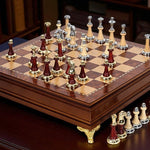
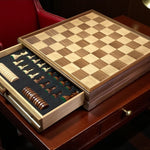

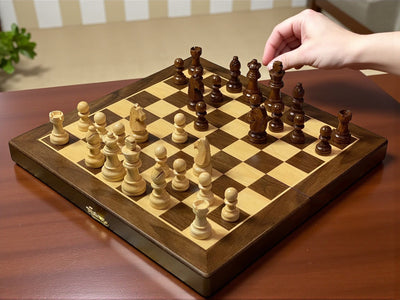
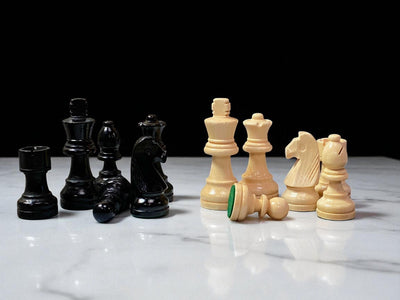
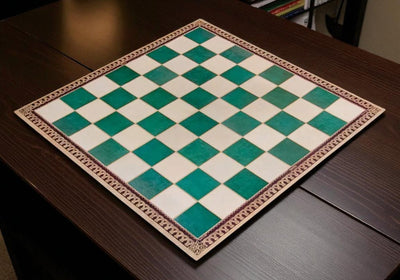
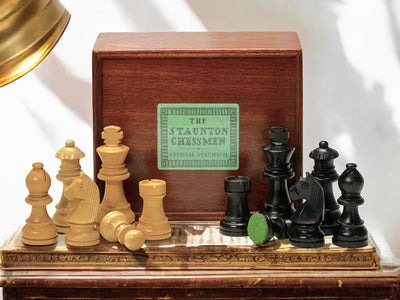
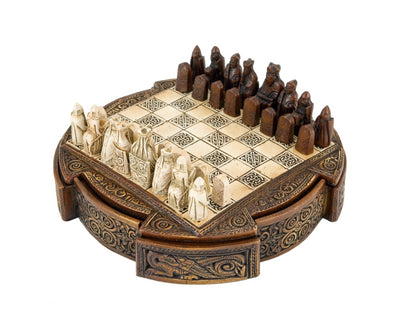
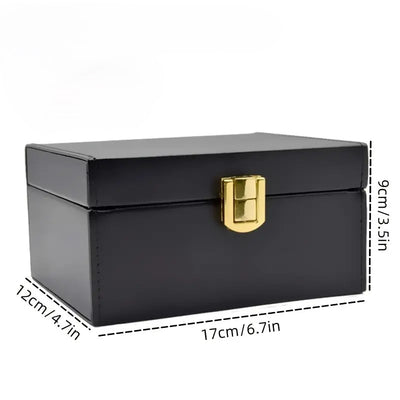
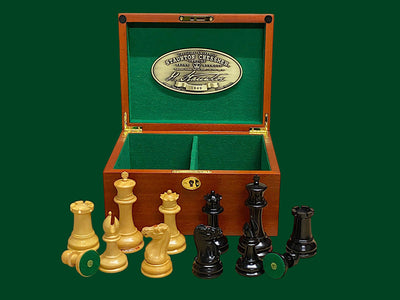
Leave a comment